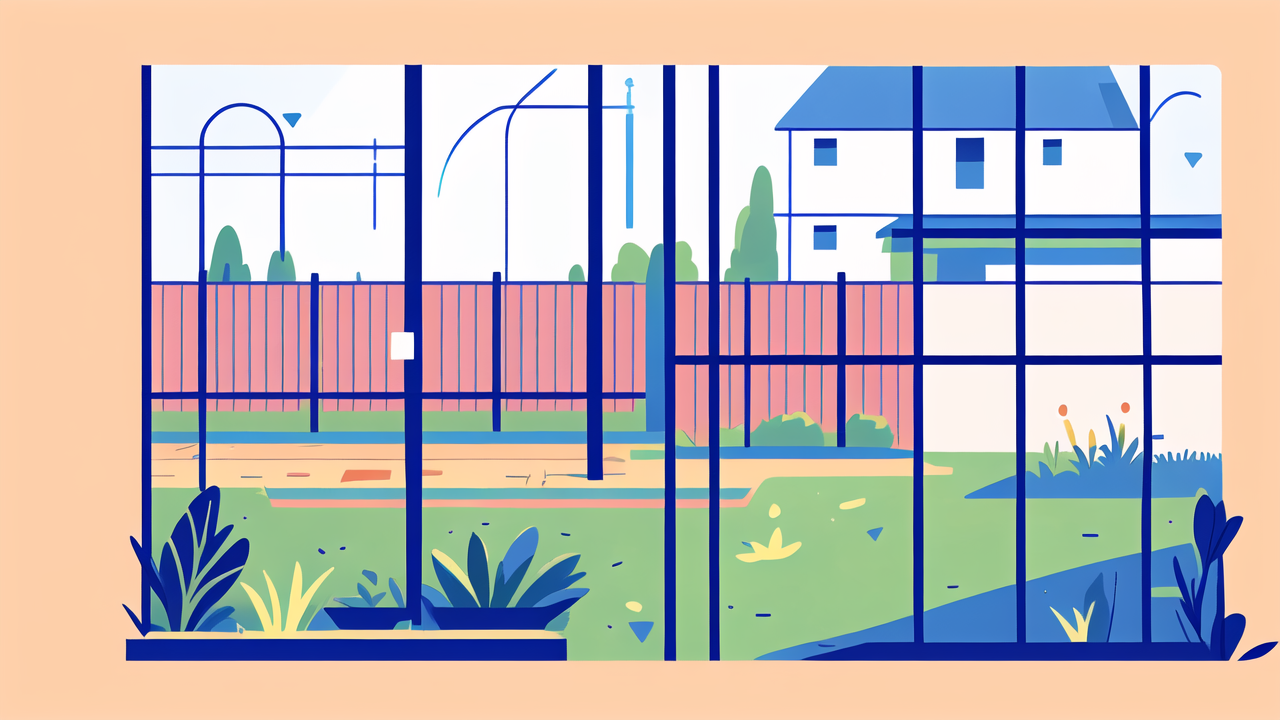Understanding Composite Fencing: What It Is and Why It Needs Cleaning
The Materials and Durability of Composite Fencing
Composite fencing is a modern solution for property boundaries. It's made from a mix of wood fibers and plastic. This blend creates a strong and long-lasting fence option. Composite fences resist rot, insects, and harsh weather. They don't warp or splinter like wood fences.

The materials used make composite fences very durable. They can withstand different weather conditions well. These fences come in various colors and styles. They often look like natural wood but need less care. This makes them great for DIY fence projects.
Composite fences are eco-friendly too. They often use recycled materials. This helps reduce waste and is good for the environment. The durability means less frequent replacement, saving resources over time.
The Importance of Regular Cleaning for Longevity
Even though composite fences are low-maintenance, they still need cleaning. Regular cleaning keeps them looking good and lasting longer. Over time, dirt and grime can build up on the fence. This can make it look dull and old before its time.
Cleaning prevents mold and mildew growth. These can damage the fence if left unchecked. Regular cleaning also lets you spot any damage early. This means you can fix small issues before they become big problems.
A clean fence adds to your home's curb appeal. It shows that you care about your property. This can be important if you ever want to sell your home. A well-maintained fence can even increase your property value.
Step-by-Step Cleaning Process for Composite Fencing
Evaluating Your Fence: When to Clean and When Not to
Before you start cleaning, check your fence's condition. Look for signs that it needs cleaning. These signs include visible dirt, green or black spots, and stains. If your fence looks clean, you might not need to clean it yet.

Here's when you should clean your fence:
- You can see dirt or dust on it
- There are green or black spots (this could be mold or algae)
- You notice stains that won't come off easily
- The fence looks dull or faded
Don't clean your fence in very hot or cold weather. Extreme temperatures can affect cleaning products. Choose a mild day for the best results. This will make the cleaning process easier and more effective.
Essential Cleaning Materials and Tools
To clean your composite fence, you'll need some basic tools:
- A soft brush or sponge
- A bucket
- A garden hose with a spray nozzle
- Mild soap or a special composite fence cleaner
- Gloves to protect your hands
- Safety glasses
- A soft cloth for drying (if you want)
Don't use harsh chemicals or rough brushes. These can damage your fence. Also, avoid using a pressure washer. It can be too strong and harm the fence surface. Stick to gentle cleaning methods for the best care of your fence.
Detailed Instructions for a Thorough Clean
Follow these steps to clean your composite fence:
- Use your garden hose to wet the fence. This removes loose dirt.
- Mix mild soap or cleaner with water in your bucket.
- Use your soft brush or sponge to apply the cleaning mix to the fence.
- Clean small areas at a time. Scrub gently in circles.
- Rinse each part well with clean water from your hose.
- For tough stains, let the cleaner sit for a few minutes before scrubbing.
- If needed, repeat the cleaning process.
- Let the fence air dry, or use a soft cloth to dry it faster.
Start at the top of the fence and work your way down. This stops dirty water from dripping on clean parts. Be gentle to avoid scratching the fence. Take your time to ensure every part is clean.
Maximizing the Life of Your Composite Fencing
Routine Maintenance and Why It Matters
Taking care of your fence regularly is important. It's not just about cleaning. Regular checks can stop small problems from getting bigger. Here's what you should do:

- Look at your fence often for any damage.
- Remove leaves and branches that collect near the fence.
- Cut back plants growing close to the fence.
- Clean up spills or stains right away.
These simple tasks help your fence last longer. They keep it looking good too. Regular care saves you money in the long run. It's easier to maintain a fence than to replace it.
Handling Weather Extremes: Protection Tips
Composite fences are tough, but extreme weather can still cause problems. Here's how to protect your fence:
- In winter, don't use metal shovels near the fence. They can scratch it.
- Gently remove snow from the fence to prevent buildup.
- During hot summers, rinse the fence sometimes to remove dust and pollen.
- After heavy rain, check for water pooling around the fence base.
These steps help your fence handle tough weather. They keep it strong and looking good all year. A little care goes a long way in protecting your fence investment.
Troubleshooting Common Issues and When to Seek Professional Help
Even with good care, problems can happen. Here are some common issues and how to fix them:
- Fading: Use a fence brightener or consider painting if it's really faded.
- Loose boards: Tighten screws or replace damaged boards.
- Mold or mildew: Clean with a special cleaner made for composite fences.
- Scratches: Lightly sand the area and touch up with paint if needed.
For bigger problems, it's best to get help from a professional. Call an expert if you see:
- Damage to the fence structure
- Deep cracks or splits
- Severe warping
- Problems with fence posts or the foundation
Professionals can fix these issues properly. They can also tell you if you need to replace parts of the fence. Don't hesitate to ask for help if you're not sure about a problem.
By following this guide, you can keep your composite fence in great shape. Regular cleaning and care will protect your investment. It ensures your fence continues to make your property look good and stay secure for years to come.
